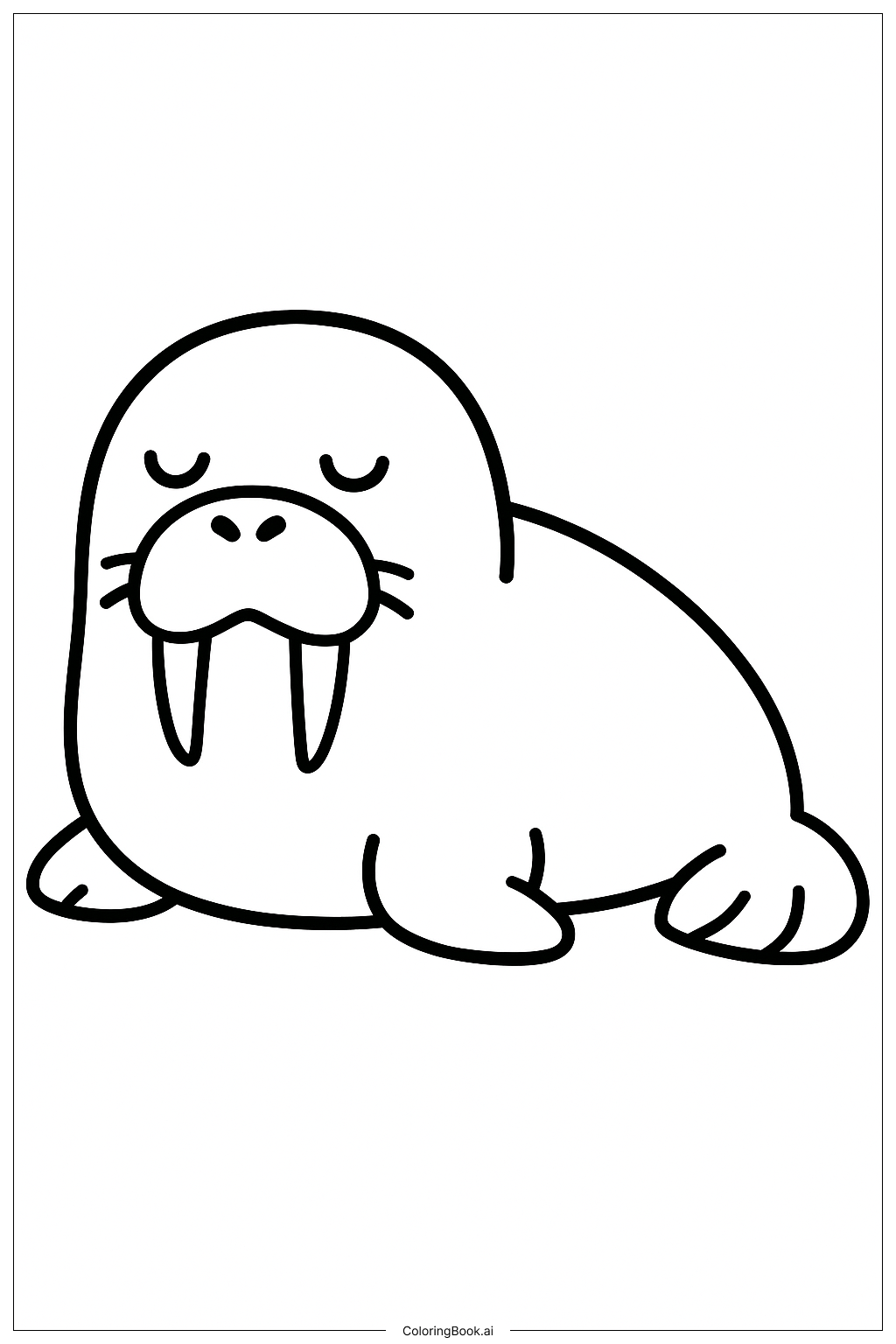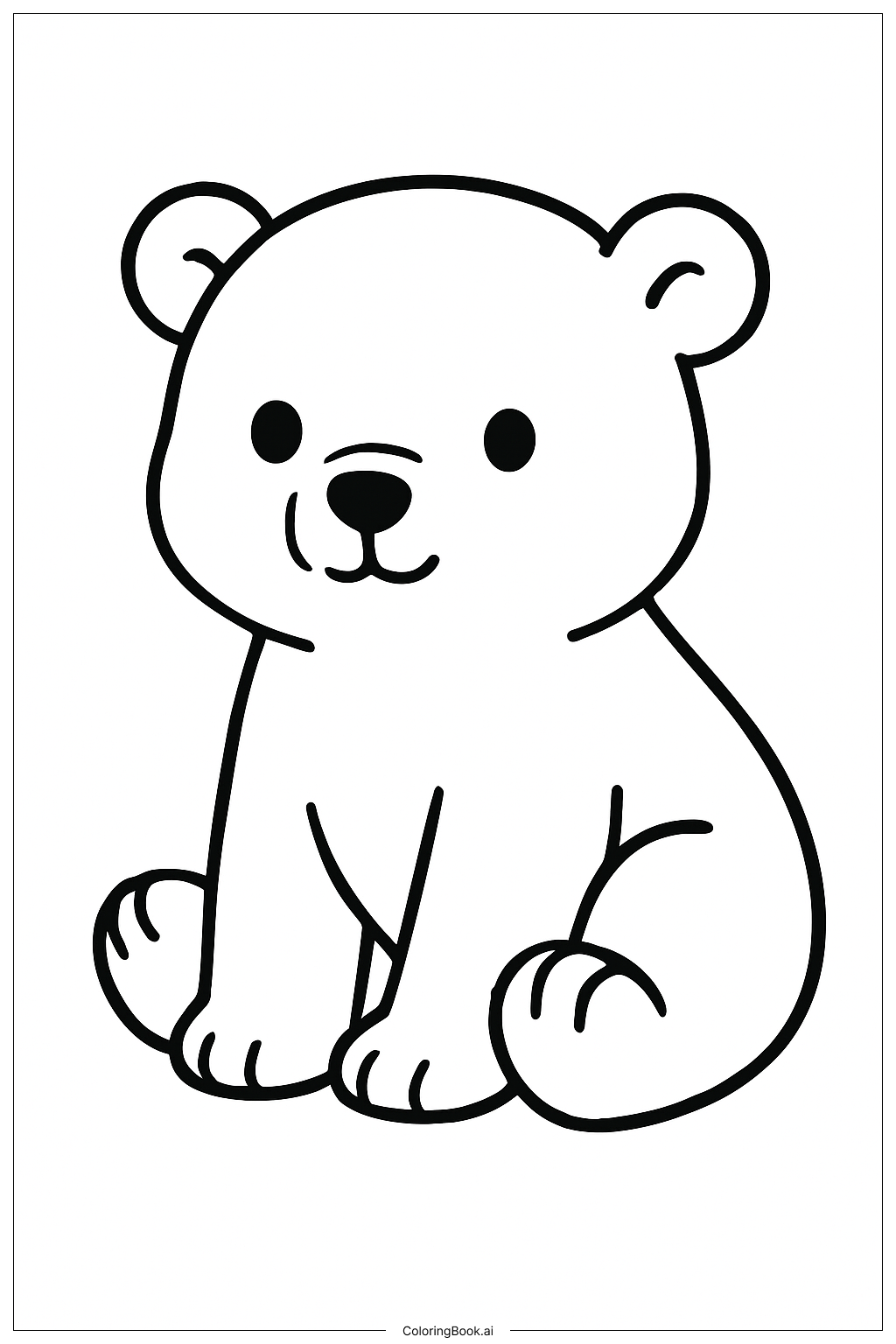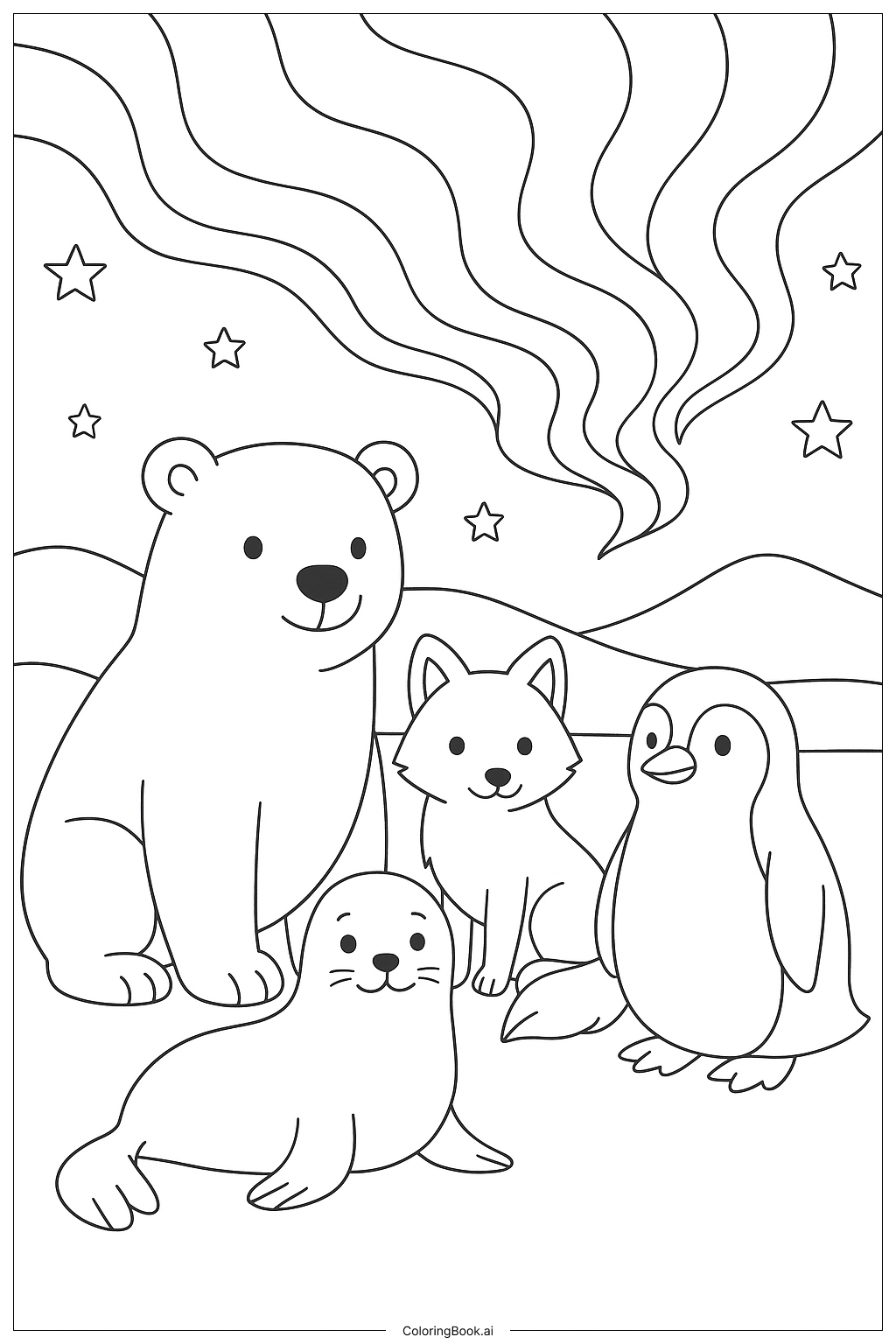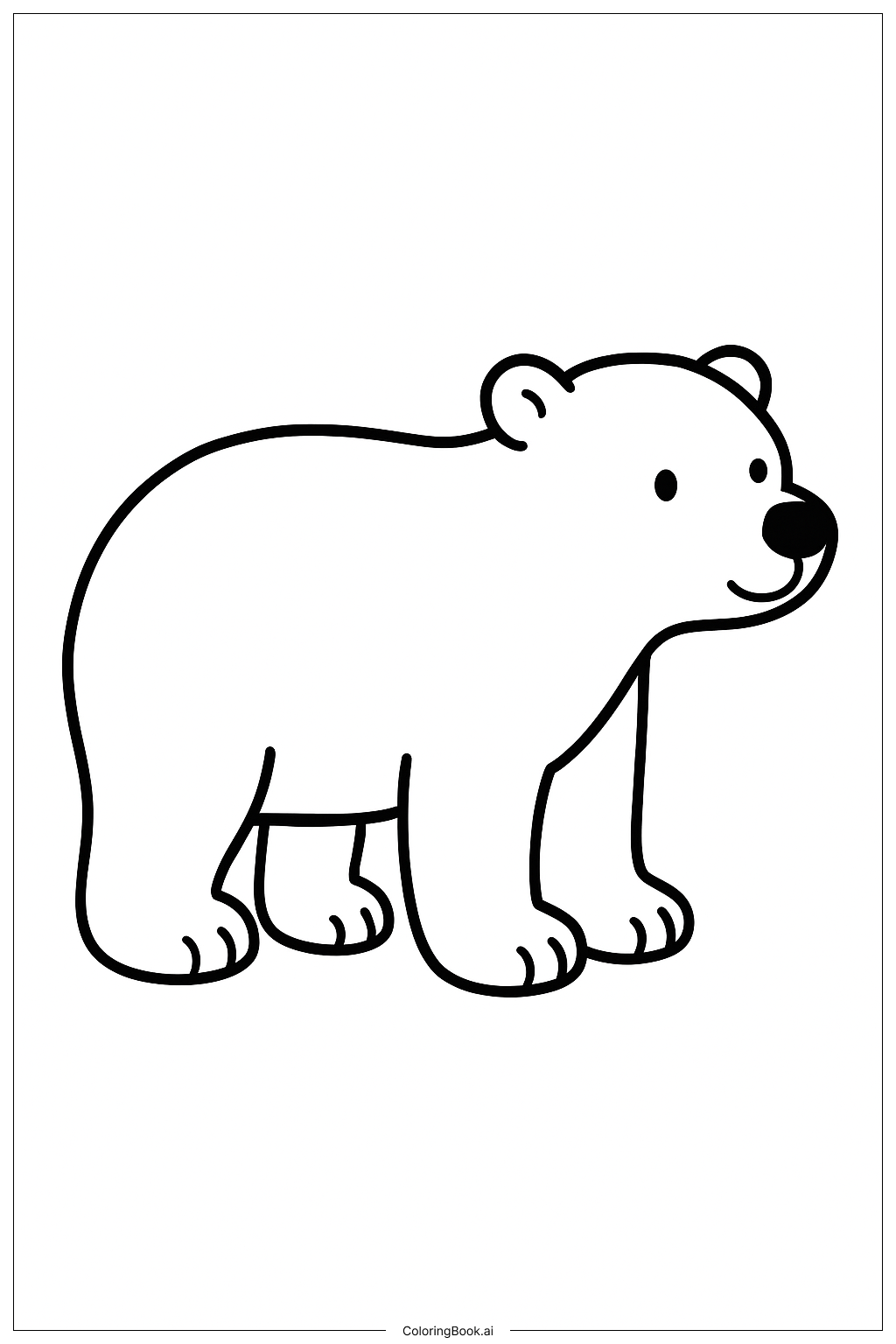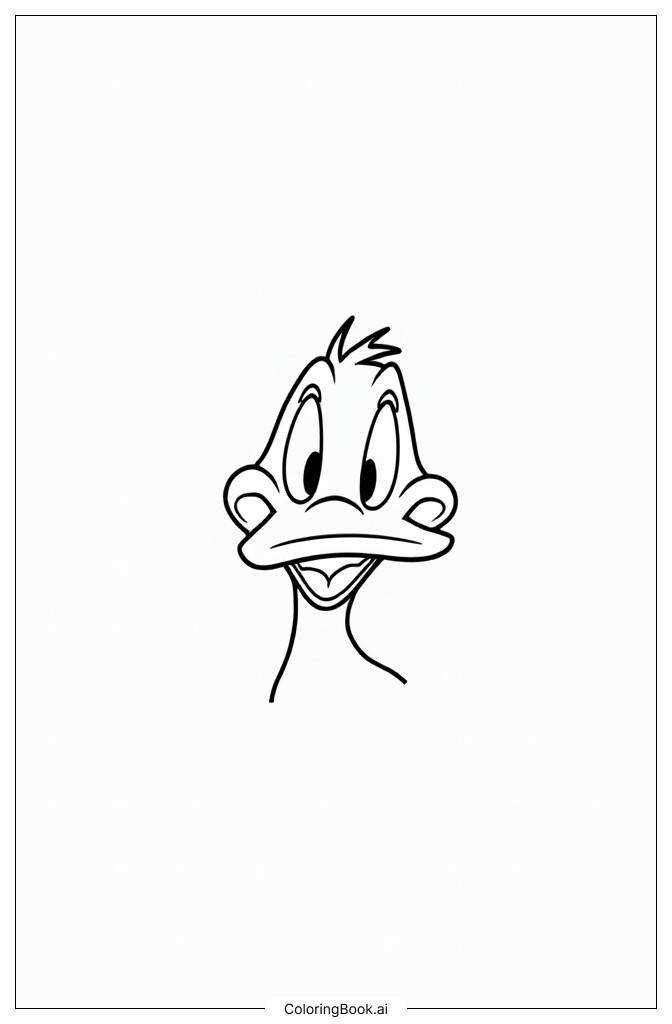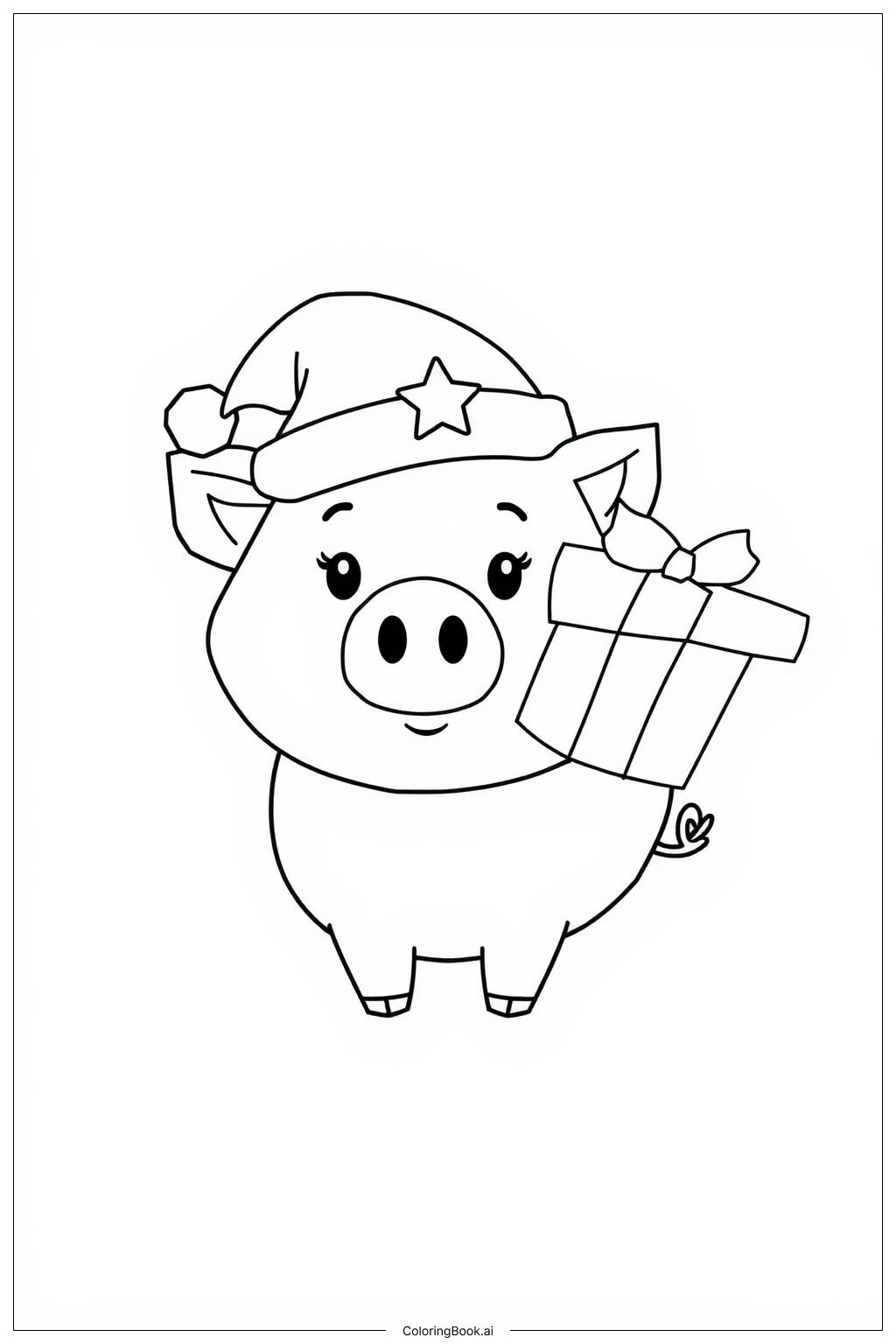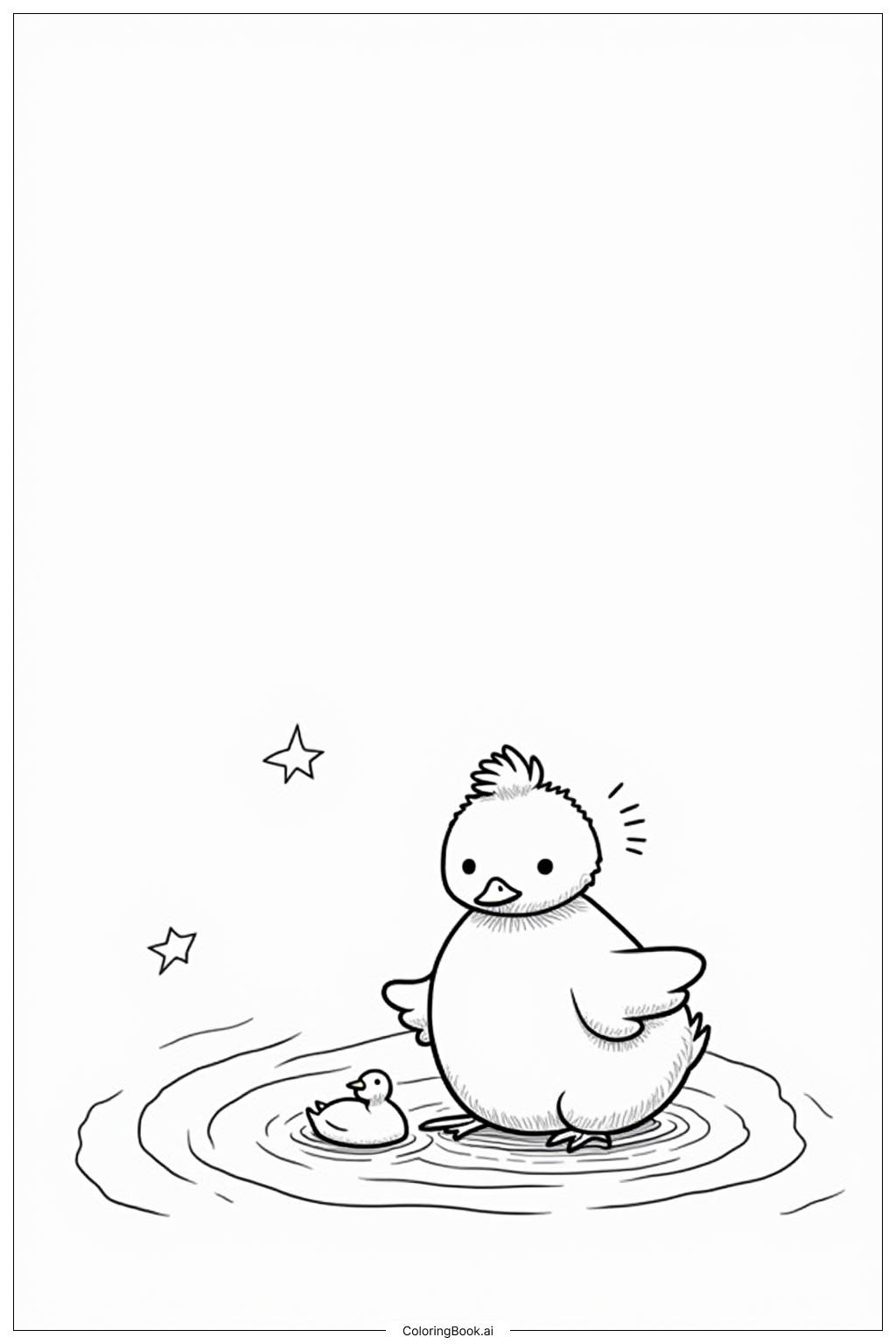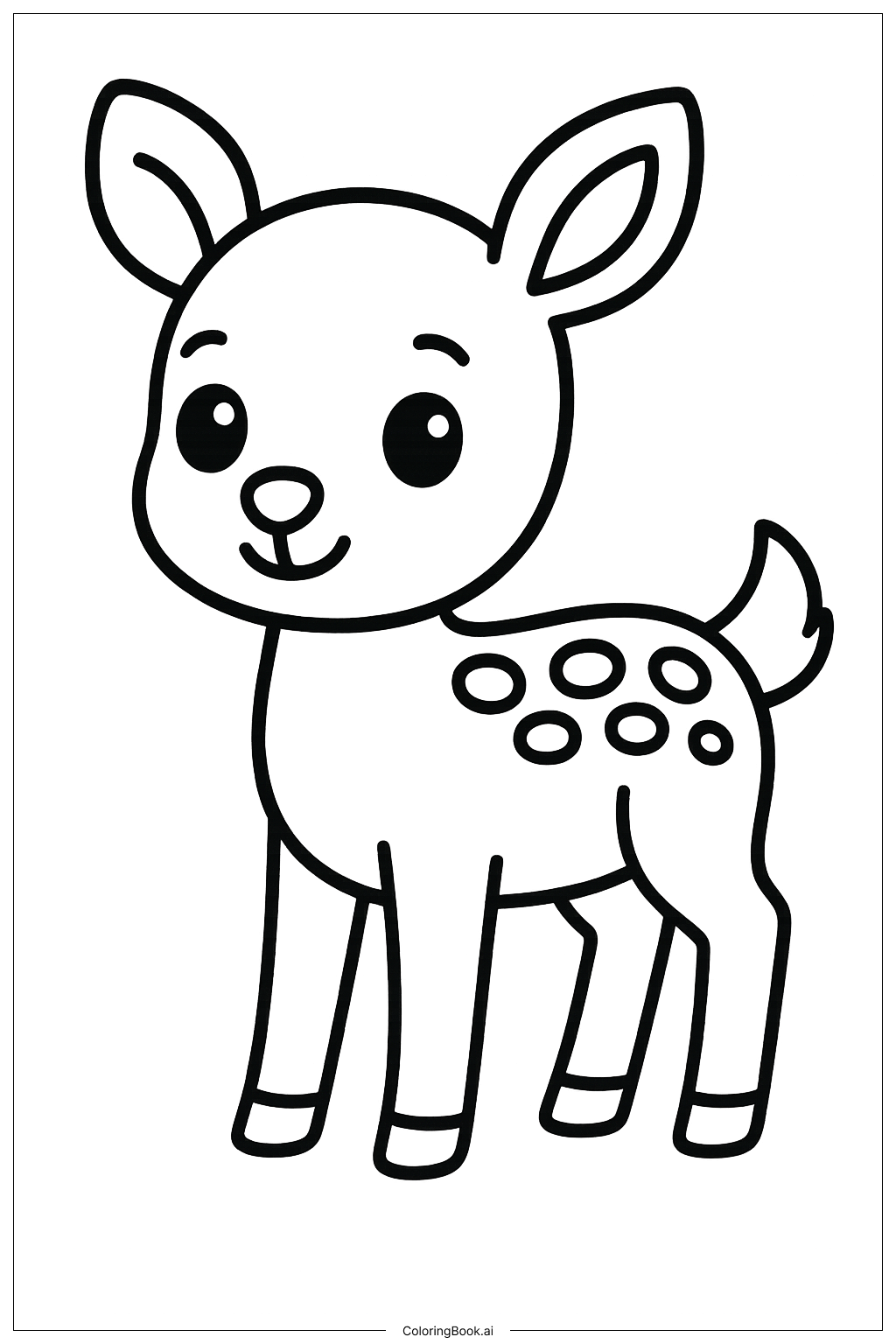Coloring tips: How to color A Sleeping Walrus from Arctic Animals coloring page well?
Use different shades of brown, beige, or gray to color the walrus’s body. The tusks should be colored white or light cream. You can add light blue or gray in the background to show the cold Arctic sea or ice. Use darker colors to show shadows under the walrus’s flippers and belly. Try blending colors softly to make the walrus look smooth and fluffy. You can also add some snow or ice shapes around the walrus to create a realistic Arctic feel.
Coloring challenges: Which parts are difficult to color and need attention for A Sleeping Walrus from Arctic Animals coloring page?
1. Coloring the large smooth areas can be tricky because using one flat color might make it look plain. Try layering colors or shading gently. 2. The tusks need to be colored carefully to keep their shape clear and clean. 3. The whiskers and small face details need a steady hand to color inside the lines. 4. Adding shadows on the rounded body to show depth can be challenging for younger kids. 5. Balancing the background colors with the walrus so they don’t overpower each other is important and can be difficult.
Benefits of coloring books: Advantages of drawing A Sleeping Walrus from Arctic Animals coloring page
Coloring this sleeping walrus page helps kids learn about Arctic animals and their environments. It encourages creativity by choosing colors and shading. It improves hand-eye coordination and fine motor skills when coloring small details like whiskers and tusks. The simple shape makes it easy for younger kids to have fun, while the opportunity to shade and add background gives older kids a chance to practice their skills. Overall, it promotes focus and relaxation while connecting with nature.
